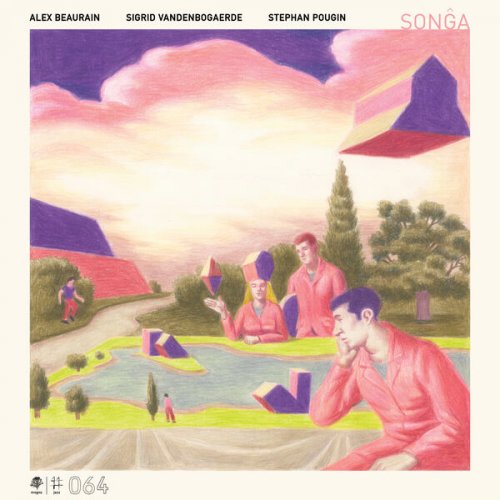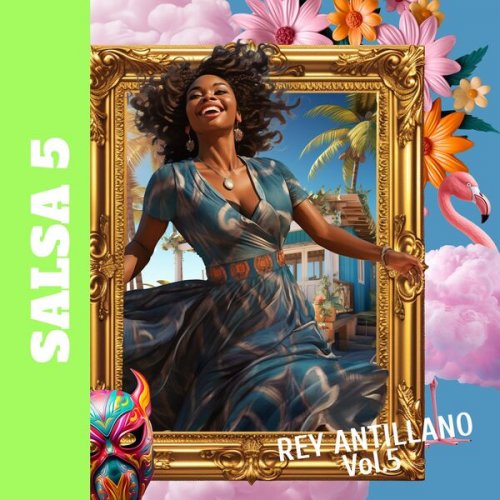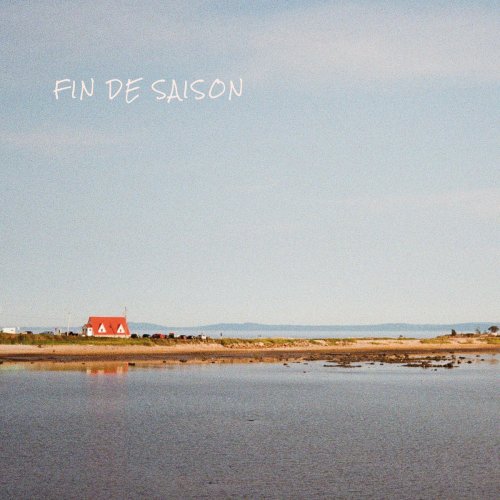Meade Lux Lewis - The Chronological Classics: 1939-1941 (1994)
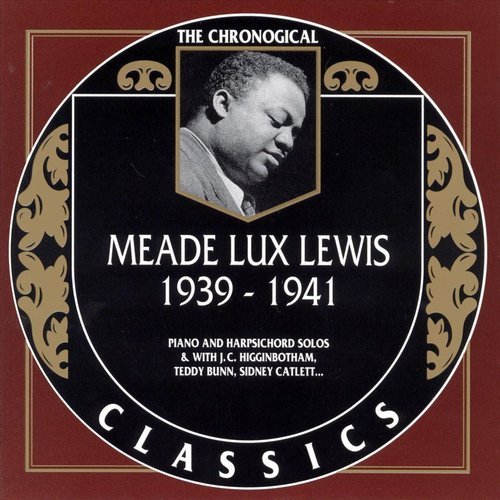
Artist: Meade Lux Lewis
Title: The Chronological Classics: 1939-1941
Year Of Release: 1994
Label: Classics
Genre: Jazz Blues, Boogie-Woogie
Quality: FLAC (tracks+.cue,log,scans)
Total Time: 01:09:56
Total Size: 212 MB
WebSite: Album Preview
Tracklist:Title: The Chronological Classics: 1939-1941
Year Of Release: 1994
Label: Classics
Genre: Jazz Blues, Boogie-Woogie
Quality: FLAC (tracks+.cue,log,scans)
Total Time: 01:09:56
Total Size: 212 MB
WebSite: Album Preview
01. Twos and Fews (4:36)
02. Nagasaki (5:51)
03. Untitled Lewis Original (3:45)
04. Messin' Around (3:33)
05. Deep Fives (3:58)
06. Blues de Lux' (4:04)
07. Closing Hour Blues (3:52)
08. Far Ago Blues (4:06)
09. Basin Street Blues (3:48)
10. Honky Tonk Train Blues (4:18)
11. Bass on Top (3:44)
12. Six Wheel Chaser (3:56)
13. Tell Your Story (4:03)
14. Tell Your Story No.2 (4:15)
15. Rising Tide Blues (3:44)
16. Nineteen Ways of Playing a Chorus (4:05)
17. School of Rhythm (4:18)
Of all the duets recorded by Meade Lux Lewis and Albert Ammons, the most exciting is a nearly-six-minute version of "Nagasaki" recorded on January 6 1939, the legendary "first day" of Blue Note Records. Originally left unissued, this amazing performance languished in the shadows for about forty years before being unearthed in the early 1980s, issued on a limited-edition LP by Mosaic Records, and later presented as part of the Classics Chronological Series more than fifty years after being etched on to a recording platter. For some reason, probably due to a labeling error on the original 78 rpm disc, Mosaic identified the melody as "Sheik of Araby." The Classics liner notes echo the Mosaic verbiage in saying that this "improvisation...never refers to the melody." That is true simply because they're not playing "Sheik of Araby" at all! The tune is readily and steadily recognizable as "Nagasaki." Taken at a brisk clip, the old pop song boils and jumps with rambunctious humor. Squeezing these two men on to one piano bench seems to have pushed Ammons to the very top octaves of the keyboard, where he cheerfully spanked the ivories with wild abandon. Lewis balanced down at the basement end, where he dutifully ground out a steady stream of what might be called bassline "Chicago stride" patterns. A marvelous four-handed strut that turns into a boogie bears the title "Twos and Fews." Also included here is the "Untitled Lewis Original," a solo experiment in free invention. The next leg of the chronology consists of five full-bodied improvisations cut for the Solo Art label in February of 1939. "Blues De Lux" has a bit of "See See Rider" about it and "Far Ago Blues" contains an old riff that Thelonious Monk would later use as the basis for "Blue Monk." Suddenly we get to hear a quintet led by trombonist J.C. Higginbotham. The "Basin Street Blues" heard here was issued briefly by Mosaic as part of an LP bringing together a cluster of ensemble sessions under the heading of "the Port of Harlem Jazzmen." These excellent recordings have since landed all over the place as presented by the producers of the Classics series -- on CDs bearing the names of Frankie Newton, Meade Lux Lewis and Albert Ammons, for example. Maybe this wouldn't feel like a disadvantage if Mosaic's limited edition of the complete recordings of the Port of Harlem Jazzmen hadn't become so scarce over the years. Meade's wonderful solo session for Blue Note on October 4 1940 yielded some of his all-time best boogie woogie essays. A stunning version of "Honky Tonk Train Blues" rips along faster than any of his previous renderings. By this time the pianist had mastered the fine art of titling his works. "Bass on Top," "Six Wheel Chaser," "Tell Your Story" and "Rising Tide Blues" each deserve their poetic names. As a fitting coda to this exceptionally satisfying collection of individualistic recordings, two harpsichord solos highlight yet another angle in this man's incredibly varied artistic personality. Lewis pours himself into the experience, creating endless variations using an instrument commonly associated with European notated music from the 18th century.
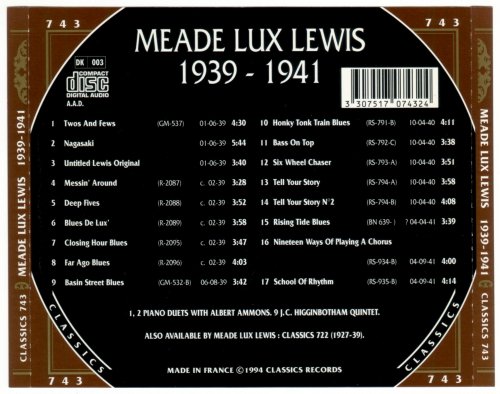

![Collin Walcott - Cloud Dance (1976/2025) [Hi-Res] Collin Walcott - Cloud Dance (1976/2025) [Hi-Res]](https://www.dibpic.com/uploads/posts/2025-12/1765538423_cover.jpg)
![RAS - Rød i Blå (2025) [Hi-Res] RAS - Rød i Blå (2025) [Hi-Res]](https://www.dibpic.com/uploads/posts/2025-12/1765847447_s09xuo23tcu1a_600.jpg)
![Tomasz Stańko - Rue de la Tour (Polish Radio Sessions vol. 5/6) (2025) [Hi-Res] Tomasz Stańko - Rue de la Tour (Polish Radio Sessions vol. 5/6) (2025) [Hi-Res]](https://www.dibpic.com/uploads/posts/2025-12/1765796463_cover.jpg)
![Tomasz Stańko - Unit (Polish Radio Sessions vol. 2/6) (2025) [Hi-Res] Tomasz Stańko - Unit (Polish Radio Sessions vol. 2/6) (2025) [Hi-Res]](https://www.dibpic.com/uploads/posts/2025-12/1765790300_cover.jpg)
